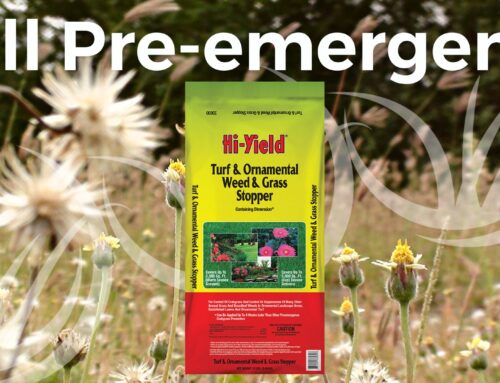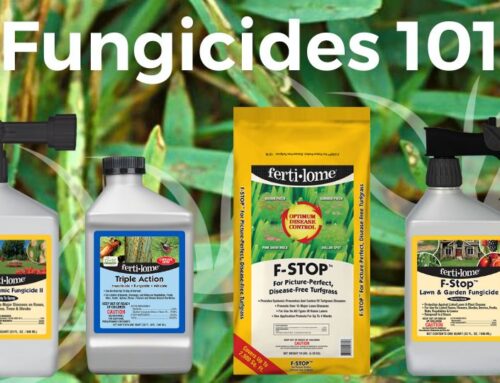Crabgrass is a pervasive weed found throughout the continental United States that cause many lawn owners struggle with controlling crabgrass. Crabgrass was given this name, because it grows close to the ground and has branching stems resembling crab legs. Due to the way it grows, crabgrass is very adaptable to short mowing heights and can continue to produce seed even when mowed as low as ½ an inch. Crabgrass is also quite drought tolerant and thrives in the hot conditions that the summer brings. Us in the south know far too well about the hot summer conditions that can take place.
As an annual weed, crabgrass remains present in the landscape for one growing season. This usually begins in the late spring and early summer after the soil temperature has reached a temperature of 55 to 60 degrees for over five days. Once the plants germinate, they will continue to grow until the days begin to shorten. Which in turn causes them to enter a reproductive stage. During this time, plants produce seed (up to 150,000 per plant!) until the first frosts of the fall hits and it knocks them out. Even if crabgrass is not visible in your lawn during the fall and winter, if the plant was able to set seed, prepare to begin fighting it again come warmer weather.
Crabgrass Non-Chemical Control
There are many control options available to help ensure that this season is that last time crabgrass invades your lawn. Some natural prevention methods to strengthen your lawn include:
-
- Raising the mowing height. This will help keep the soil cool. By keeping the sunlight out it will make it more difficult for the crabgrass to germinate and take over.
- Watering deeply once a week. Avoid light irrigation that would allow weed seed to germinate. Also, make sure your lawn is well watered and healthy before germination begins.
- Avoid fertilizing in the summer. Make sure fertilizer is applied before the crabgrass begins, this will keep your lawn thick and give it the upper hand.
Crabgrass Chemical Control
If the non-chemical control methods do not help with controlling crabgrass entirely, chemical controls can be implemented. Pre-emergent herbicides will be your first chemical line of defense, as they can stop the weed seeds from germinating. Timing of application is everything. The success of the application will depend on getting it out before the seeds germinate, so pay close attention to the changing temperature! You can contact your local Woerner Turf & Landscape Supply Outlet to help you find the pre-emergent that works best for your lawn.




